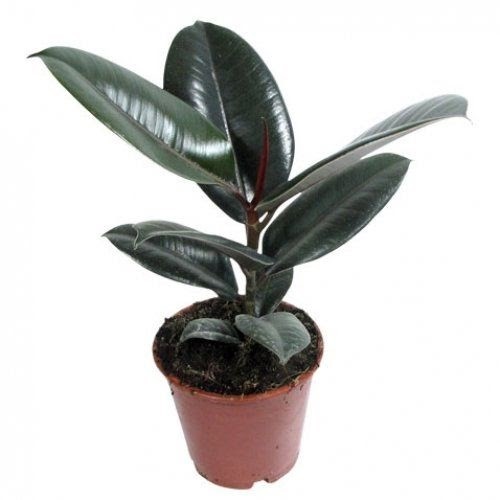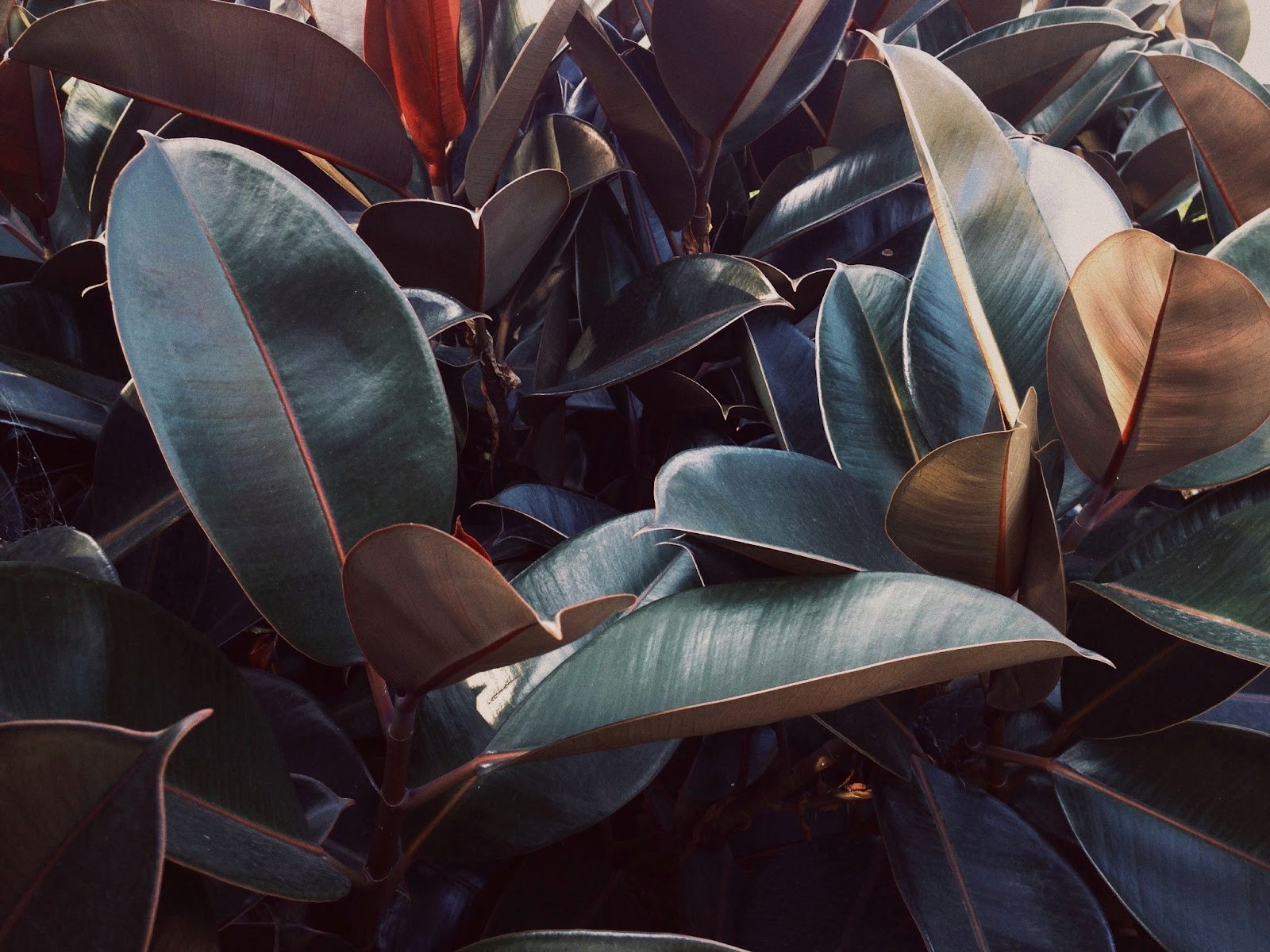
Rubber Plant

Plants lovers can’t deny the fact that they want at least one rubber plant in their collection because of the authentic look they give to your abode. Rubber Plants are also known as ficus elastica, and are the most beautiful indoor plants. Buying younger rubber plants will allow it to adapt to the nature of the environment it would be kept in. These are evergreen plants and have shiny oval leaves. They have beautiful yellow flowers which are evergreen. They can reach up to 50 feet outdoors and 3m indoors.
Plant Care -Â
Whenever the soil feels grey, water your rubber plant moderately. Always avoid excessive watering  otherwise it will cause root rot and provide sufficient drainage to your plant
Always use well-drained and good quality potting mix with a proper drainage providing container.
Nurture your plant with a good amount of sunlight and place it at a place where it receives indirect or morning sunlight. Always avoid sharp afternoon sun otherwise it will affect the leaves negatively
Feed your plant with liquid fertiliser between spring and summer on a monthly basis
For maintaining your plant take care of the temperature needed which is 60-65 F during the day and 85 F during the night. These plants are very easy to maintain.
Snake plants are simple to grow and propagate. Leaf cuttings can be used to propagate the plant: cut a 3- to 4-inch portion of the leaf and place it in moist potting soil. Keep this uniformly moist but not damp, and little plantlets will emerge from the cutting's base in a few weeks to a month. Individual plants can be detached from the clump, or the clump can be left alone. The variegated foliage on most snake plant types is a chimaera, a plant mutation that generates the variegated foliage. Chimaeras cannot be grown by leaf cuttings like other snake plants since the resultant plants will lose their colour and become all-green. Variegated chimaeras can only be propagated by division.
Â

Â
